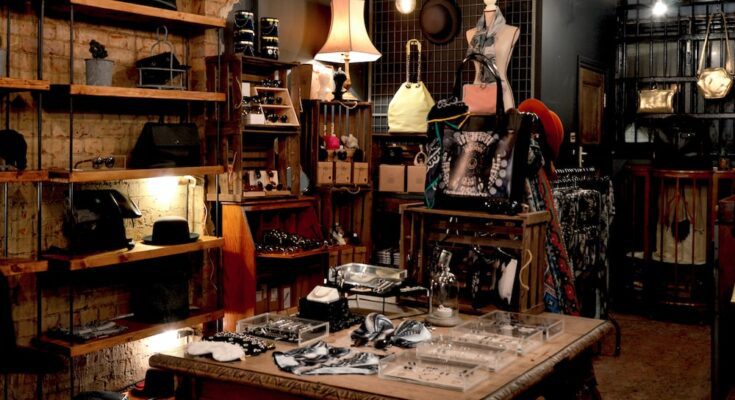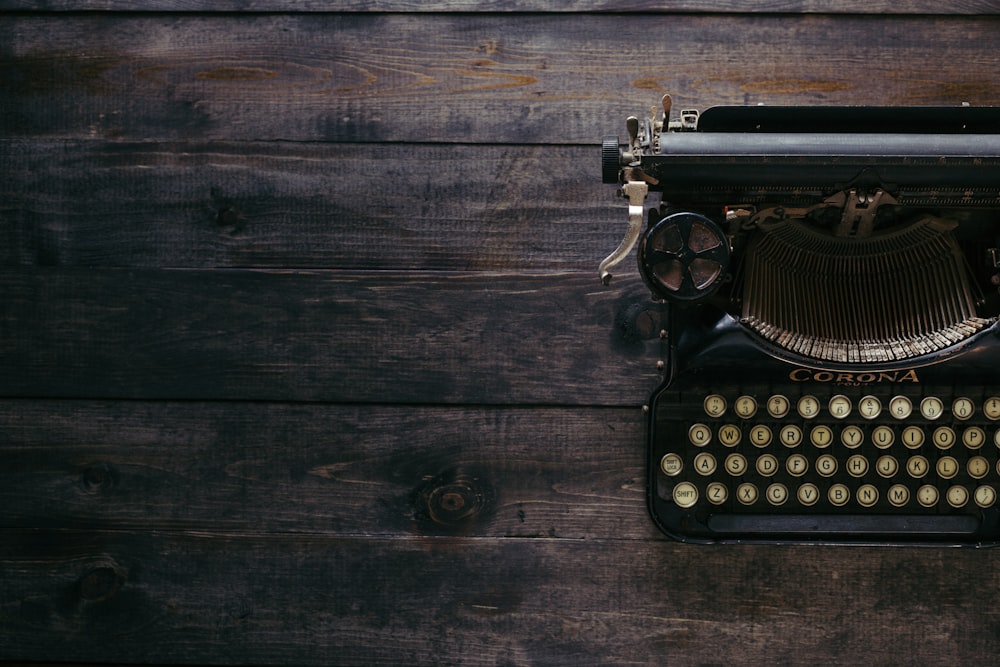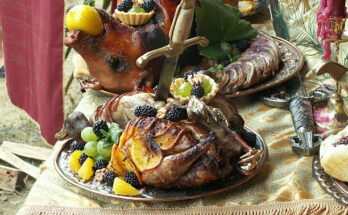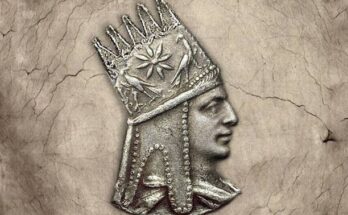How to collect historical items with a small budget
Some people love to collect historical items. But some collect antiques professionally. This guide is for both kinds of people. Collect antiques without disturbing your budget.
Supply and demand: collect antiques
IMAGE CREDITS: Unsplash.com
Some people gather enormous collections of tiny objects, such as bottle caps or Polaroid pictures. These exist because, despite the fact that there is a large supply, the general public does not have a need for them. It’s not that little things aren’t interesting or old. They are simply ignored since most people consider them to be uninteresting, disposable things. Nevertheless, you can frequently locate a niche within these categories to produce something distinctive.
Search for goods that are location-based to accomplish this. You could, for instance, solely collect scents from the Soviet Union. However, in order to do that, you most likely need a connection to the Russian market or populace. This leads us to our following recommendation.
Consider feasibility: collect antiques
This advice is individualized for each person. Some people enjoy the thrill of the hunt, whether it’s for an original comic book or a priceless piece of Edwardian jewelry. If uniqueness is your only concern, you might be happy with a modest or even digital collection. Others, on the other hand, might favor packing as much variety as they can. However, there are some categories where a happy medium can be found.
In Europe, locket jewelry has become highly well-liked. Designers first created them in the sixteenth century, and consumers frequently decorated them with images of departed family members. There were lockets for middle- to upper-class budgets. To begin your collection, you could assemble oval-shaped and brass-made items.
Starting simple and easy
There are several reasons why dipping your toes in a collection is preferable to diving in. You should first spend some time becoming knowledgeable about the items you are collecting. Consider choosing to amass French francs, the country’s currency before the Euro was introduced in 1999. It’s vital to learn how to distinguish between real and fake coins because a counterfeit coin could lower the value of your collection.
Any collection should be aware of the need to avoid purchasing fake items. This is true particularly if you amass cosmetics or other items that you use on your skin. Items that are counterfeited may not follow safety regulations, rendering them harmful as well as counterfeit.
Talking to people: collect antiques

IMAGE CREDITS: istockphoto.com
By starting modest, you can enlist others’ assistance in growing your collection. People may astonish you with gifts to complete your collection or introduce you to an expert in your field. This is related to picking something that isn’t excessively big, expensive, or difficult to find.
The only drawback to this is that your loved ones might not know what to get you. Consider discussing the background of all you have thus far with a close friend.
Join a community: collect antiques
Both offline and online collecting communities are accessible. To uncover hidden jewels, search for nearby conferences, flea markets, and antique shops. Pen enthusiasts can think about attending the yearly San Francisco International Pen Convention, for instance.
Collectors could connect with more seasoned hobbyists or find dealers with hundreds of possibilities for them. By doing this, you gain access to a wider range of websites and social media profiles that can keep you informed of changes in your industry.
There are numerous websites that are solely devoted to one pastime. Readers looking for rare book editions might be interested in Abe Books. Some websites, like PCGS CoinFacts for U.S. currency, are devoted to cataloguing every coin ever made in a country.
Collecting and knowledge
IMAGE CREDITS: Unsplash.com
The best thing about collectors is that they are always willing to impart their knowledge on how to start a collection. Attending exhibitions, conferences, and live auctions is a terrific opportunity to meet collectors and dealers. The framework for a knowledgeable collector is provided by this observation and integration.
To distinguish trustworthy sources from dubious ones, new collectors must get to know merchants and learn about them. Due to the abundance of message boards on websites, the internet has grown to be a useful tool. Collectors can use this as an opportunity to discuss their interactions with various dealers and auction houses.
Research and pursue: collect antiques
It might be intimidating for people who are new to the industry to start a collection on a tight budget. The price of those objects will be influenced by pricing trends based on popularity and rarity, so collectors must choose a collecting emphasis they want to pursue.
The budget for collecting must match the aims for collecting. When goods are bought outside of a reasonable budget or too many collectibles are bought quickly, a collection can turn into a stress-inducing activity rather than a relaxing hobby.
Preserving your collection
The next step after purchasing a collectible is to take care of it. To avoid harm from the glue and pricing that might transfer through the price sticker to the item underneath, price tags should be removed. Never write the purchase price on an item; instead, keep a record of the prices paid, the dates, and the location of the purchase.
When displayed in fluorescent lighting, direct sunlight, or unheated attics and basements, collectibles are susceptible to damage.
Selling your pieces: collect antiques
IMAGE CREDITS: Unsplash.com
If the collector’s tastes have changed or evolved, they might want to sell some of their collectibles, if not their entire collection. Alternatively, if a collectible that is already in their possession becomes available in better condition, they might decide to buy the copy in better condition and sell the original. Selling can improve a collection, give ideas on how to continue to grow as a collector, and establish positive relationships with dealers and auction houses.








One Comment on “How to collect historical items with a small budget”